3D models are very popular in the engineering of process and power piping industries as they graphically represent the overall plant with all equipment, piping, structures, instruments, and electrical connections in a three-dimensional view. These 3D models are close to the real plant that will be built at the site after construction. Various 3-D piping design software packages like PDMS, SP3D, E3D, etc simulate the actual plant in the 3D model that gives a better representation of the plant as compared to the age-old 2D plant models. They are the electronic equivalents of real plants. In this article, we will explore the 3D model review procedures.
What is a 3D Model Review?
A 3D model review is a design procedure to present the electronic 3D model to the client to verify that the current stage of the design meets the minimum project requirements for operability, maintainability, constructability, safety, and functionality and that it reflects every discipline’s input to the design to date. All discipline engineers review the 3D model through a walkthrough of the plant. Any design changes required are discussed and listed as Model review comments which will be taken care of after the model review.
For small projects for which 3D software packages are not used a similar philosophy of review termed Desktop Review is followed.
Stages of 3D Model Review
3D Model review, in general, is performed in three stages; 30% model review, 60% model review, and 90% model review. The percentage term used along with model review denoted the percentage completion of the design stage. These model reviews are major checkpoints and milestones in the engineering design process. Deliverables required from each discipline to achieve each of these checkpoints are defined in the model review matrix.
Typically a model review will not proceed until such time that all of the deliverables required for the specific review have been incorporated. When deliverables are missing for a particular review, the model review may only proceed provided that the associated risks and mitigations have been identified and approved by the project manager.
30% Model Review
A 30% model review means the design is complete by roughly 30% and is the 1st milestone for model preparation. All design data is not yet firm at this stage. This phase aims to lay out the major design elements of the project. It establishes the cost and timeline of the project. 30% model review generates a basis for plant layout, accessibility, and safety measures recommendation. Only the large-diameter critical lines are routed and modeled. At the 30% model review stage, the contractor and client meet to set a basis for further development of the design.
The 30% model review phase is the foundation of the project. From this point onwards the design will be developed further continuously.
Objectives of 30% model review
The 30% 3D model review is performed to serve the following objectives:
- To discuss and agree on overall plant layout qualifying hazard recommendations and other project requirements.
- To fix the equipment location considering the available information.
- To identify primary operational/assessable/maintenance points or platforms.
- To identify improvements considering the safety and operation aspects.
- To release foundation loads for structural design.
- To finalize the equipment nozzle orientation and send the information to the vendor.
- To finalize the main underground isometrics for fabrication.
Important points that are usually included and discussed during any model review are usually decided by the model review matrix. The model review matrix outlines the preparedness required by each discipline at each stage of the design review and the items to be reviewed at that stage. A sample model review matrix explaining the piping items is provided in Table 1 below.
| Review Stage | 30% Model Review | 60% Model Review | 90% Model Review |
| Process Studies | Complete | – | – |
| PFD and Mass Balance | IFE | IFC | – |
| P&ID | IFA | IFE | IFC |
| HAZOP | – | Complete | – |
| Line Sizing | Critical Lines complete | All lines complete | – |
| Line List | IFA | IFE | IFC |
| Piping Specifications | Approved | – | – |
| Valves | Preliminary data for 6″ and Above | Approved data for 4″ and above | All valves approved |
| Specialty Items | Preliminary data for 6″ and Above | Approved data for 4″ and above | All approved |
| Equipment | Preliminary | Approved | Certified |
| Instruments | Preliminary | Approved | Certified |
| Plot Plan | IFA | IFE | IFC |
| Equipment Layout | Major Equipment modeled | Equipment location finalized and modeled | All equipment approved |
| Pipe Stress Analysis | 6″ and Above critical lines | All critical lines | All stress reports approved |
| Piping Design | 6″ and Above critical lines | All critical lines | All lines modeled and approved |
| Supports | Major Steel | All steel modeled | – |
| Tracing | Not Started | Preliminary locations | Firm locations modeled |
| Structures | Main Structures | Minor Structures | Fireproofing of all structures |
| Escape routes, roads, paved areas, drainage | 30% model review comments | 60% model review comments. |
60% Model Review
60% Model Review is the second milestone of the model review process and serves the utmost importance of the project. All the doubts raised during the 30% model review are clarified during this phase. In this stage, the team focuses more on the analysis of constructability, budget consideration, modification, and potential issues or concerns. The model review team discusses the constructability of the drawings and any preferred equipment and material needed to build the project during this stage.
60% model review phase is also considered to be a good time for value engineering. Any changes or modifications after a 60% model review will significantly impact the schedule, cost, and overall design. In general, the 60 % model review is carried out and closed out prior to issuing the piping isometrics for construction.
Objectives of 60% model review
The main objectives of the 60% model review process are:
- To check if the design is at par with the safety philosophies and requirements.
- To determine the location of secondary fire/safety equipment
- To find out if the main equipment locations are in order and updated.
- To review the location of minor equipment.
- To review the secondary operability/accessibility/maintainability as required.
- To review and release buried isometrics for IFC.
- To release the updated nozzle orientation information to the vendor.
90% model Review
This is the final model review and the design is almost final with all data and information. 90% model review finalizes the total design of the model. All the comments from the 60% model review stage are resolved and incorporated into the 90% model review. All drawings and specifications are ready with the design team for issue as final. 90% model review is the last stage for the client to suggest any minor changes. The construction schedule, phasing plan, logistics plan, etc are finalized at this stage.
During the 90% model review stage, the model must be substantially complete, including instrumentation and all Manufacturer/Supplier information, to allow final comments to be made.
Objectives of 90% model review
The main objectives of the 90% model are:
- To ensure that the final design is acceptable to the client and agree to IFC issues of all drawings and specifications.
- To ensure that operational and maintenance access has been provided to all required items.
- To ensure the construction feasibility of all plant components.
- To ensure all safety philosophies and recommendations are implemented prior to the publication of drawings.
- To ensure the model reflects all project requirements.
3D Model Review Responsibility
3D Model Review is the joint responsibility of the piping lead, the designer/drafter, the project engineer, and other related disciplines. The piping engineer and the project engineer are the primary organizers of the model review. In most cases, the piping leads show the plant by walk-through of the complete plant. All comments are recorded in a proper project format for resolution and incorporation. Any necessary changes and comments are agreed upon and immediately recorded and marked with reference numbers and model pictures to allow follow-up and avoid misunderstanding.
The main responsibilities of the primary organizers are as follows:
Responsibilities of the project engineer:
Project engineers
- Decides the required attendees, and schedules and manages the formal model reviews.
- Ensures that the design progress meets the requirements for the review as defined in the model review matrix.
- Prepares and issues an agenda for the review.
- Coordinates the discussions and documents resolutions and action items.
- Ensures proper filing of all documentation.
- Distributes the model review comments to the attendees.
Responsibilities of the piping lead:
The piping lead engineer
- Coordinates with CAD support for the assembly of the 3-D models required for the review.
- Operates or designates a team member to operate the computer “walk-through” during the review.
- Ensures that an interference check has been completed prior to the review.
- Ensure that a “snapshot in time” of the 3-D model files used for the review is archived for future reference and record-keeping after each review.
- Captures all comments/action items in the software package.
- Maintains a hard copy binder and logs and distributes the action items to the designers.
The important activities and responsibilities can be listed as follows:
- Schedule for model review: Project Manager
- Model review document preparation: Project Engineer
- Distribution of review document and agenda to the client: Project engineer
- Organize model review venue: Project engineer
- Review tools and create a model file: Design Administrator
- Report status of 3D CAD model: Lead piping engineers
- Report of hold item list: Lead piping engineers
- Coordination during model review meeting: Project engineer
- Preparation and Summarize of the action list: Project engineer
- Review, reconciliation, and distribution of action list report: Project manager
- Follow up and Updation on Action list: Project engineer/Lead piping engineer
- Review model and Status files: Design Administrator
Supporting Documents and Drawings for Model Review
Various documents may be required during the actual model review process. Hence the following documents with their latest approved revision should be made available during the model review session. These drawings are usually marked as “Model Review master“. These important documents and drawings are:
- Piping and Instrumentation Drawing (P&ID)
- Equipment layout
- Escape route Layout
- Equipment list
- Line list
- Previous model review action list as applicable.
- Equipment dimensional details
- Instrument Index
- Firefighting equipment layout
- Safety equipment layout
- PFS
- Plot Plan
- Equipment GA Drawings
- Civil Structural Drawings
- Stress Calculations
- Piping Studies
- Engineering and procurement Work packages
- Existing Drawings
- HSE Reviews
Participants of Model Review
For each model review session, the contractor notifies the client and all other disciplines about the venue and time of each model review session. Usually, the following professionals participate in the model review session:
- Client Representatives
- Process: Full-time involvement
- Maintenance: Full time
- Construction: Full time
- Operations: Full time
- Project Engineers: Full time
- Other Discipline: Full-time/As per requirement
- Contractor Representatives
- Project Manager/ Engineers: Full time
- Model Drafting Team: Full time
- Lead Piping Engineer: Full time
- Process engineer: Full-time for process-related clarification
- Mechanical Engineer: As per the requirement
- Instrument/Electrical engineer: As per requirement
- Structural Engineer: As per the requirement
- Safety Engineer: Full time
- HVAC: As per requirement
- Civil Engineer: On-call
3D Model Review Checklist
Checklists of 3D model reviews are prepared to ensure that important checkpoints are discussed and not missed during the session. The 3D model review checklist varies with the stages of the model review. Some typical points that are included in the 3D model review checklists are listed below:
30% Model Review Checklist
The 30% model review checklist usually considers the following checkpoints:
- Location of all equipment and their orientation
- Major critical piping routes
- Separation distance within plots
- Constructability
- Drainage philosophy
- Access to major valves
- As-built coordinates of tie-ins with existing pipe or equipment.
- Major wall and floor penetrations.
- Equipment status
60% Model Review Checklist
The 60% model review checklist emphasizes the following major points:
- Comments from 30% model review
- HAZOP comments
- Equipment latest information
- Access to equipment, instrument, and valves.
- PSV locations.
- Battery limit layout
- Special pipe supports.
- Fireproofing.
- Pipe support location and type confirmation.
90% Model Review Checklist
90% model review checklist is an exhaustive document that covers all items. The important checkpoints of the 90% model review checklist are:
- Special item details
- 60% model review comment status
- HSE comment status.
- Model updation as per the latest available data.

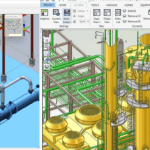
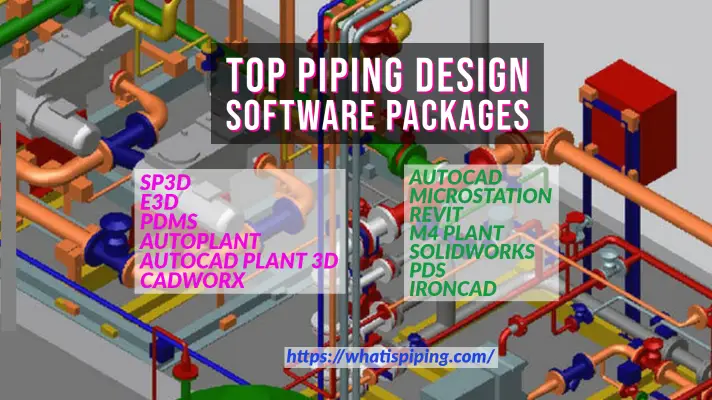

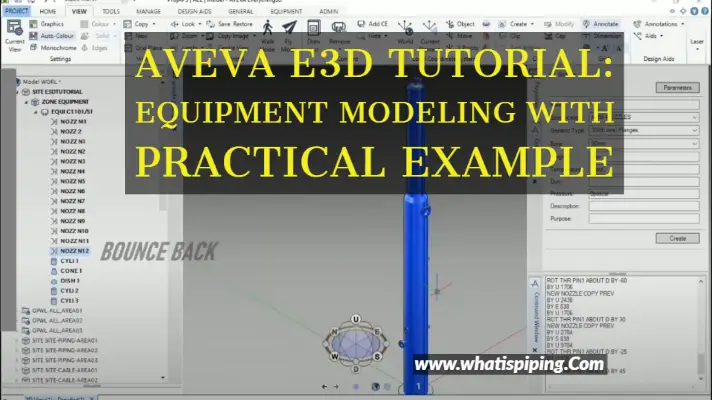
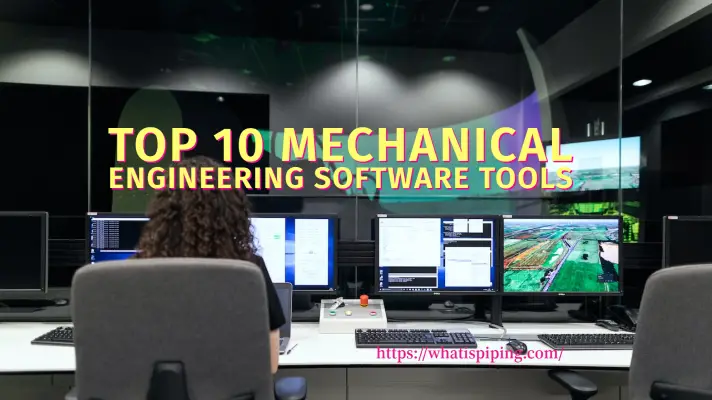
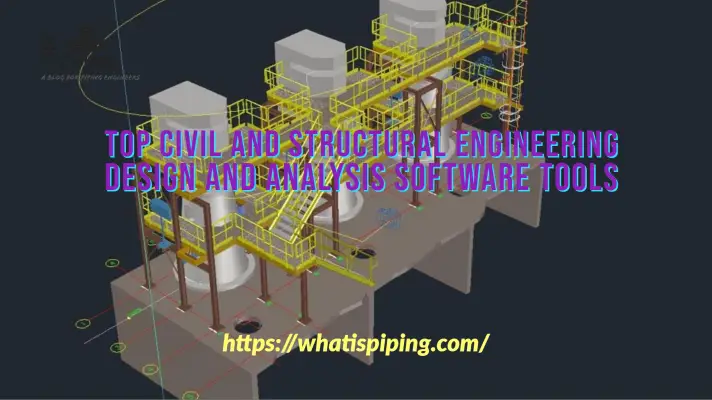
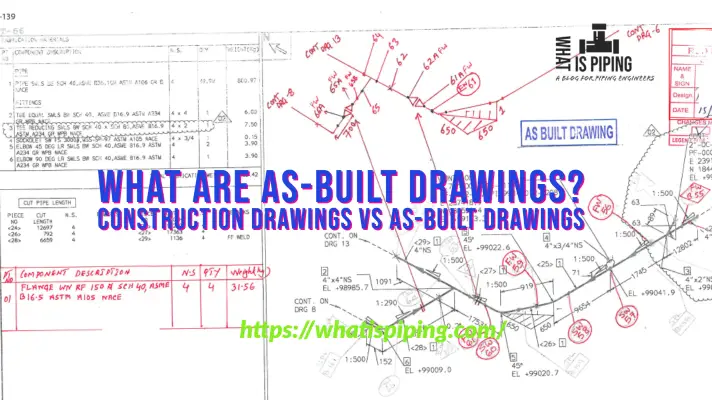
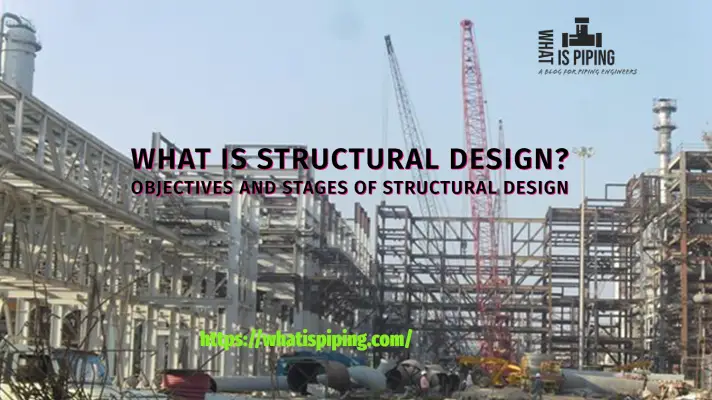
Dear Anup Kumar, thank you very much for such useful knowledge about the 3D model review that you shared.
Hi Kumar,
It is a great sharing. Thanks.
Can you advise what is the responsibility difference for the mechanical engineer and piping engineer ?
Who take lead for the plot plan and equipment layout, mechanical engineer or piping engineer ?
Thank you Kumar!
Very valuable post!
Great information. Thanks for sharing!
Thank You and Keep up the excellent work.
Dear Sir,
If you could provide detail steps by step activity done during engineering in EPCM
Hello Sir.
Congratulations for the topic model-review-30-60-90-model-review
it brings me thoughts around BIM (Building Information Modeling)
Have you pointed something about?
Would like to read also about the work flow structure of a team in BIM.
Best Regards,
Joás Lima
Piping Draftsman in Brazil
Thank you for the great information. Question, what platform do you use to snapshots in time to keep track of the 3D models runs? Do you use excel, google sheets, etc? How do you do that? Do you have an example that you could send?
Thank you.
Dear Anup Kumar, thank you very much for such useful knowledge about the 3D model review that you shared.